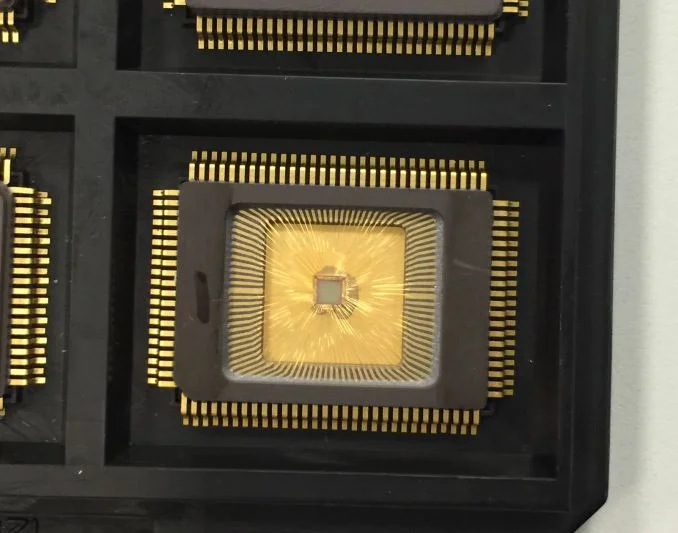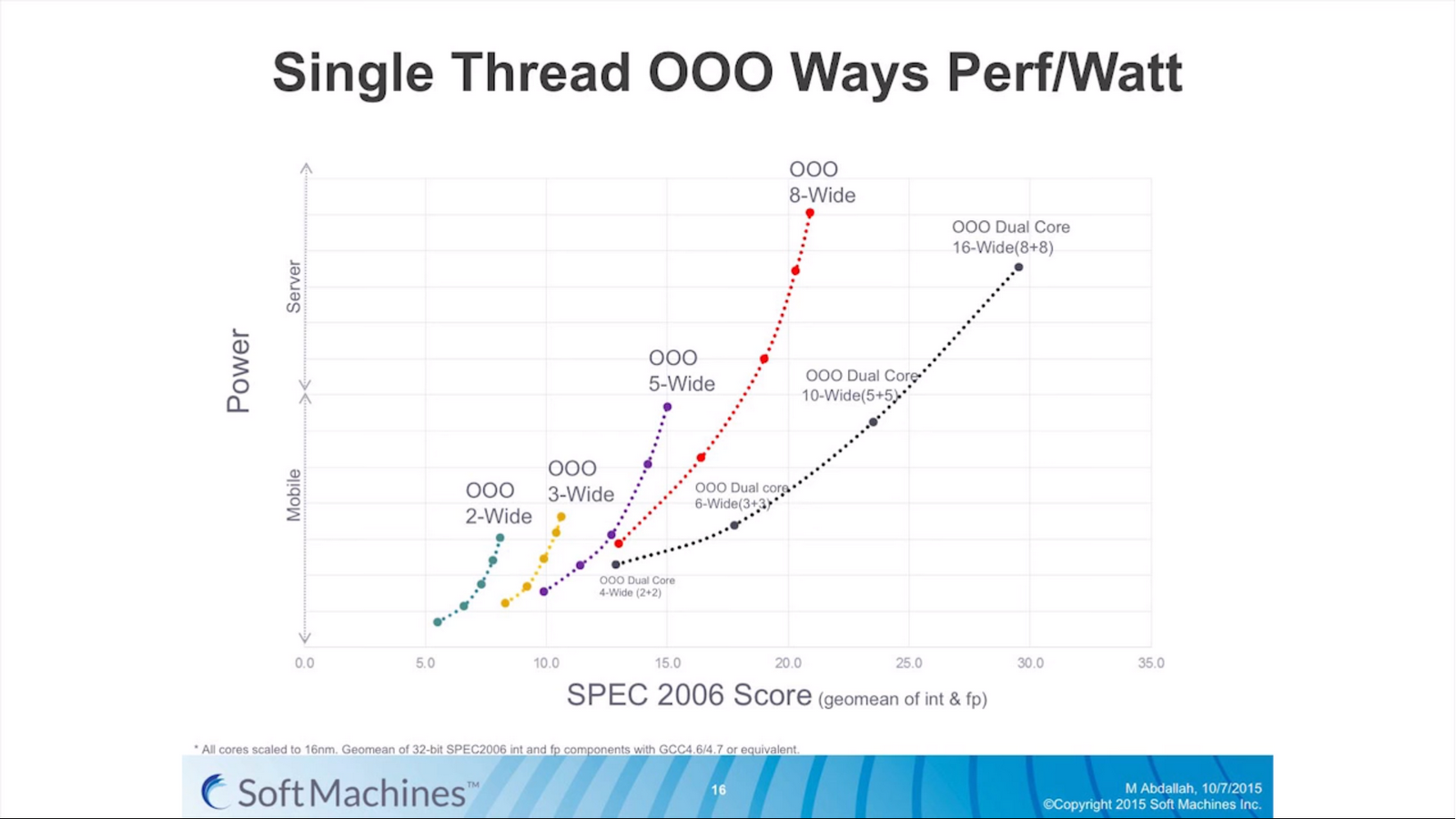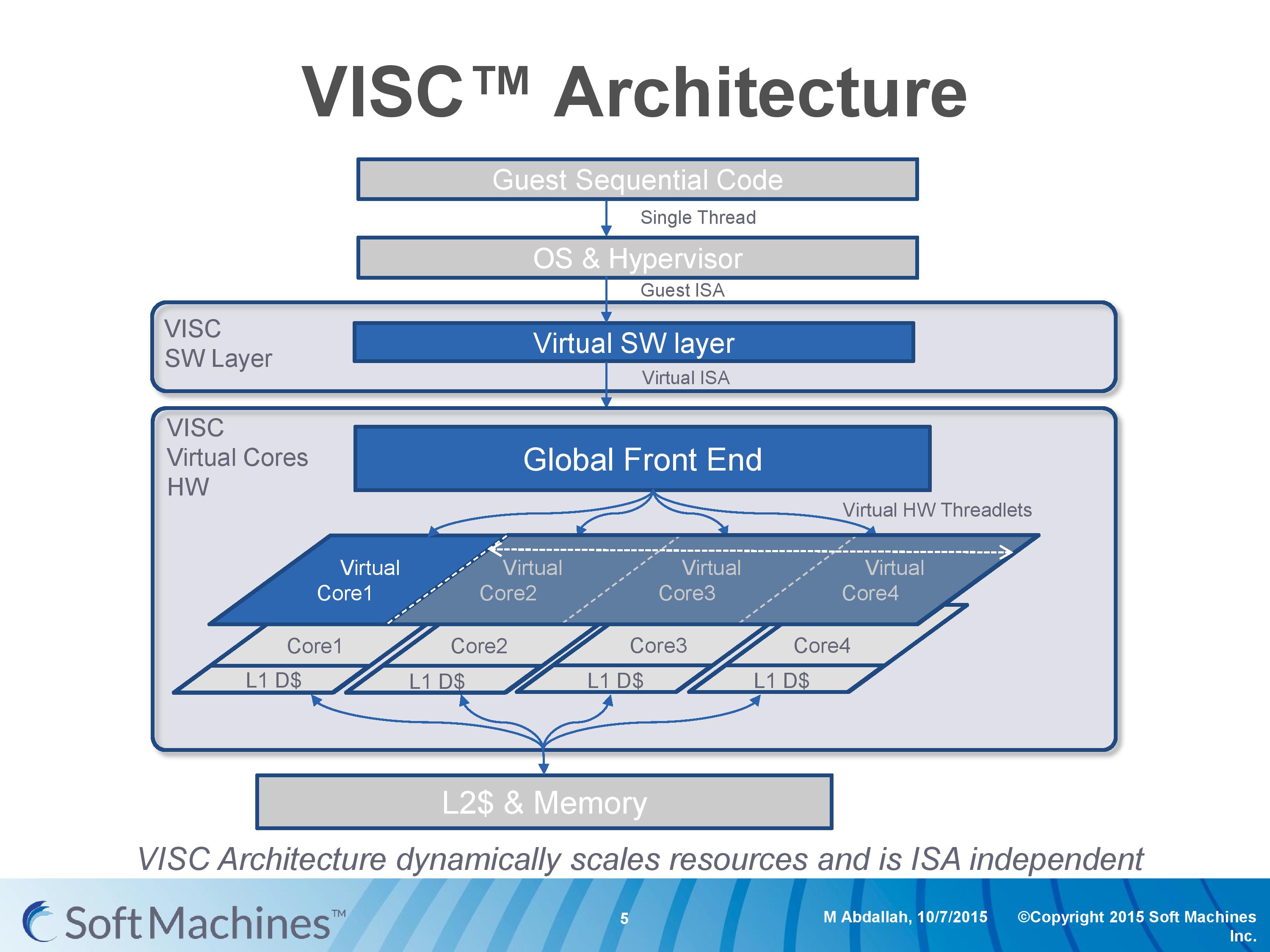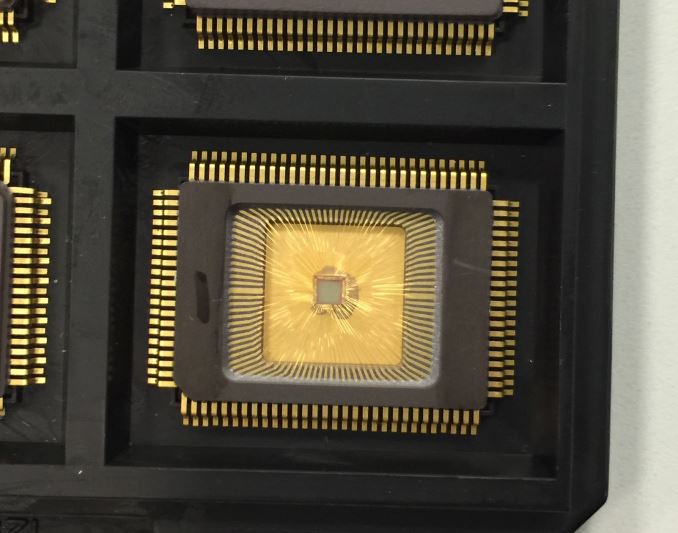
Last week, Soft Machines announced that their ‘VISC’ architecture was available for licensing, following the announcement of the original concepts over a year ago. VISC, in a nutshell, is designed as a solution to improving the number of instructions per clock a single thread can process in a given time, which potentially makes it a very interesting design in an era where IPC gains are harder and harder to realize.
The concepts behind their new ‘VISC’ architecture, which splits the workload of a single linear thread across multiple cores, are intriguing and exciting. But as with any new fundamental change in computer processing, subject to a large barrage of questions. We were invited to a presentation and call with the President and Chief Technical Officer Mohammed Abdallah and the VP Marketing and Business Mark Casey, and I put a number of questions on the lips of analysts to them.
Identifying Single Thread Performance Bottlenecks
Any discussion about processor performance over the last couple of decades has involved several factors, including getting better performance through an increased power budget, a higher frequency, extracting instruction level parallelism (ILP), getting better at minimizing delays through better branch prediction, or adding more cores and improving thread level parallelism (TLP). Each of these methods have varying degrees of success at increasing performance – long-time readers will remember the Pentium 4 days of hitting a frequency and power wall which then switched the focus to efficiency. Some tasks, like graphics, are inherently parallel and can take advantage of multiple hundreds or thousands of cores, or the software can be optimized. However, the nature of most software code and instructions is that they are single threaded by nature, and their performance relies on how fast the instructions can be processed within a single thread.
The main way of increasing performance, or in this case the instructions per unit frequency (instructions per clock, or IPC), is to expand the CPU architecture to allow more commands to be processed at once. Moving from a 3-wide out-of-order architecture to a 5-wide out-of-order architecture theoretically allows for a 66% increase in instruction throughput if (and only if) the code is sufficiently dense enough to extract those operations, and the other features in the architecture can ensure all the operations are fed every clock cycle.
The problem with moving to a wider architecture is typically power and design complexity. As shown by various chip designs over the years, the wider the architecture the more silicon has to be set aside for assets like buffers, re-order windows and caching. If there is a silicon budget and enough power headroom, we see designs like the six-wide Intel Skylake cores or the seven wide NVIDIA Denver cores able to extract peak performance when code is written that matches the hardware. However the potential downside of a wide architecture is that it remains inefficient for sets of instructions that only need a 2-wide or a 3-wide architecture. Alternatively, if multiple programs or threads want to use the hardware, then a single core is inaccessible to additional threads while the first thread is still in use (though this can be avoided somewhat by simultaneous multithreading or SMT which will let another thread have access when the first has encountered a stall such as waiting for L1/L2 memory).

As a result, modern designs also include a number of cores to handle the multile thread/multiple program scenario. Generally speaking this works well, especially with high-performance cores, but it becomes a bit of an issue itself when much of the world’s hardware is actually composed of many cores that have poor single threaded performance. Older Core 2 / Conroe systems, basic Bulldozer, or ARM Cortex-A7 designs are (still) widely used and often ship with multiple cores to allow for multiple programs at once. And while they can scale up with additional threads to the number of cores they offer, if any single or lightly-threaded software needs more performance, those extra cores are not used or are only minimally beneficial overall.
This brings us to Soft Machines, whose VISC architecture aims to change this.
Meet VISC
I should start by saying that despite the similarities to other architectural names, VISC is not an acronym. I asked directly and it is merely a noun for the purposes of trademarking. People can interpret it as a ‘virtual instruction set computing’ or something similar, but the company doesn’t apply any acronym to the letters.
But a virtual instruction set is a good description here. For the most part, processor architectures were traditionally built around either CISC (complex) or RISC (reduced) instruction sets and execution models, while more modern designs (e.g. Intel Core) are increasingly a mix, or so-called ‘CRISC’ design. The difference between CISC and RISC boils down to the fact that simpler designs can be more power efficient, but complex designs can do more complicated things in fewer cycles, all the while CRISC essentially meets the two paradigms in the middle in an attempt to gain the benefits of both, though not without inheriting some of the drawbacks as well. VISC, for lack of a better description, is a RISC design using a custom instruction set over a translation layer which allows a single thread of operations to be dispatched over multiple physical cores. The base diagram looks something like this:

Here is an example of a VISC design with four physical cores. The design can handle four ‘virtual cores’ or threads as well, but what makes the VISC design different is that when the virtual core has a thread of instructions, it can use the resources of any physical core. Thus, if each physical core is a 4-wide out-of-order design, if a thread running on a virtual core can utilize the resources of all four cores essentially making a giant 16-wide design, then under VISC can do so.
This should instantly throw up a number of questions on ‘What!? How?! Why?! Power? Frequency? Performance? Efficiency? Complexity?’ and as well as many others in the industry, we had the same questions.
[source :-anandtech]

